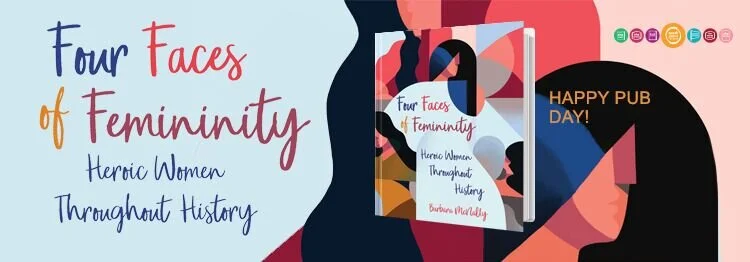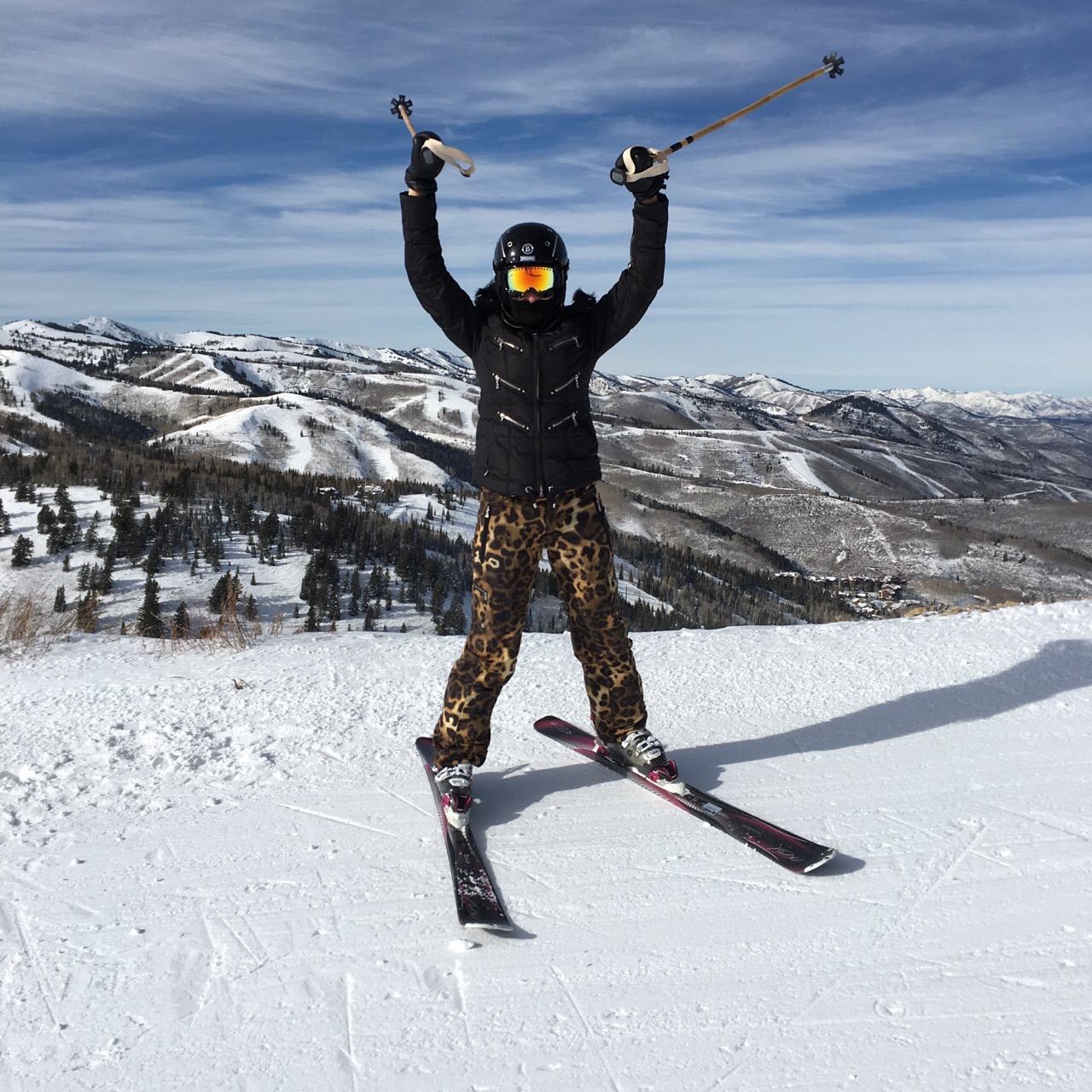“You are stronger than you believe. You have greater powers than you know.”
-Antiope, Wonder Woman’s aunt
Wonder Woman is the most beloved and enduringly popular female comic-book superhero of all time. And she’s got serious longevity: Only Superman and Batman have been in print longer. Since the first Wonder Woman comic books appeared on the shelves in 1941, young girls everywhere have looked up to her, been dazzled by her, and ardently wished to BE her. Just like other superheroes, Wonder Woman has a secret identity. Unlike her super compatriots, she also has a fascinating and slightly salacious backstory!
The creation of Wonder Woman
“I am who the world needs me to be. I'm Wonder Woman.”
~ from DC Comics
Comic books were a brand new medium back in the late 1930s. The first issue of Superman launched in 1938, and in its wildly successful wake, publishers scrambled to create equally appealing characters.[1]The majority of these heroes were men, but a shrewd and unlikely author saw that the world was hungry for a strong woman character to headline her own comic.
That author was Dr. William Moulton Marston, a psychologist and co-creator of an early prototype of the lie detector. He’d never written fiction before and had actually been hired by a comic book company to defend the entire medium against calls to ban comics. Mothers and teachers across America were calling comics violent, amoral, and a terrible influence on young readers. After spending some time in the trenches with the writers and illustrators and colorists, Marston decided that the best defense against these moral high-ground critiques was to create a woman superhero. After all, the aspect of comics that got most American mothers in a tizzy was their brutal masculinity. Bring in a lady to calm them down![2]
“Well, Doc,” Maxwell Charles Gaines, founder of DC Comics told him, “I picked Superman after every syndicate in America turned it down. I’ll take a chance on your Wonder Woman! But you’ll have to write the strip yourself.”[3]
Marston was an outspoken feminist and had every intention of making Wonder Woman comics into subversive propaganda. He’d use them to subtly fight for women’s rights and show readers across the world that women could be strong, powerful, and wise. (In other words, INTEGRATED!) Marston was also a sexually adventurous man, and littered his Wonder Woman scripts with bondage imagery. He lived with his legal wife and a second, undocumented wife and based Wonder Woman’s character largely on these two women. Gaines may have hired him to quell controversy, but Dr. Marston just ended up stirring the pot![4]Luckily, Wonder Woman comics were a wild and nearly instantaneous success.
After William Moulton Marston died in 1947—just six years after the first copy of Wonder Woman appeared—DC Comics quickly began eradicating the feminism, toning down the bondage, and taking the character in a less controversial direction. Over the decades, the company has changed her origin story, re-launched the series multiple times, and made more changes than can be counted. Marston once said, “Frankly, Wonder Woman is psychological propaganda for the new type of woman who, I believe, should rule the world.”[5]His vision may have gotten lost a few times over the course of her evolution, but that powerful core still remains.
Wonder Woman’s origin story
"The gods made the Amazons to restore peace to the world, and it’s what I’m going to do."
~ Wonder Woman
Enough about the man who created her! Let’s talk about the hero herself!
Again, DC Comics has published several iterations of Wonder Woman’s origins, but the original Marston story is the one that purists favor. In it, Diana is young a princess living on the secret island of Themyscira, a tropical paradise inhabited only by women warriors called Amazons. The Amazons were granted this island by the Greek gods and, Diana’s birth smacks of Greek mythology: She’s the daughter of Queen Hippolyta, but she was brought to life from a clay sculpture Diana loves her life of learning and sparring and training, having never known any other world.
The gods created the Amazons to bring a message of peace to humanity, but they never lived out that fate. Instead, after being enslaved by men for many years, they hid themselves away from the brutality and ignorance of man’s world, and built a matriarchal society brimming with magic and powerful sisterhood. As World War II rages outside their island, they are blissfully ignorant.[8]
Then Captain Steve Trevor crashes his fighter plane on the island, and begs for the Amazon’s help in the war. Hippolyta holds a tournament to determine who will return with Trevor, and (of course) Diana wins. She is given gifts by her loving sisters, including the Lasso of Truth and sandals that allow her to run at great speed. She does not, however, accompany the captain back to fight, but instead considers herself an emissary from Themyscira charged with bringing her ancestors’ message of peace to a tumultuous world, a Warrior-Sage.[9]
Of course, after she arrives, she is unable to remain peaceful for long. Although she takes on the mild-mannered alter ego of Diana Prince in daily life, she transforms into Wonder Woman whenever she needs to fight the forces of injustice. And she’s been fighting since 1941, in more than 700 comic books,[10]several television shows, and a big-budget Hollywood film.
Wonder Woman’s cultural impact
“If you need to stop an asteroid, you call Superman. If you need to solve a mystery, you call Batman. But if you need to stop a war, you call Wonder Woman.”
~ Gail Simone, comic book writer
Wonder Woman has been an icon of female strength, wisdom, and power for generations. Even women who don’t identify with the Warrior often adore and revere her, seeing her as a level-headed Sage, ardent Lover, or caring Mother to all of humanity. She holds near-universal appeal because she is such a perfect balance of female archetypes. We can allidentify with Wonder Woman on some level.
And we’ve all loved and admired her from the moment her comics hit the newsstands. She paved the way for other women superheroes, and did so early in the history of comic books and superhero sagas. She has earned legions of loyal fans, and more join the ranks every day. The 2017 film sparked a new wave of interest, a new throng of young girls carrying Wonder Woman lunchboxes and backpacks to school, dreaming of being as strong and wise as she is.
Our culture loves nothing more than to tear down a powerful, confident warrior woman. Physical prowess, bravery, speaking our minds, showing emotion, all of these things make us targets for ridicule. And millions of women worldwide, when faced with scorn and derision, put their hands on their hips and stand tall, imagining Wonder Woman rising up within them.
[1]http://www.pbs.org/opb/historydetectives/feature/the-golden-age-of-comics/
[2]https://www.smithsonianmag.com/arts-culture/origin-story-wonder-woman-180952710/
[3]Ibid.
[4]https://www.smithsonianmag.com/arts-culture/origin-story-wonder-woman-180952710/
[5]Ibid.
[6]http://www.vulture.com/2017/06/wonder-woman-origin-story-the-strange-feminist-history.html
[7]https://www.vox.com/culture/2017/6/7/15740202/wonder-woman-origin-story-amazons-marston-explained
[8]Ibid.
[9]Ibid.
[10]https://en.wikipedia.org/wiki/Publication_history_of_Wonder_Woman







